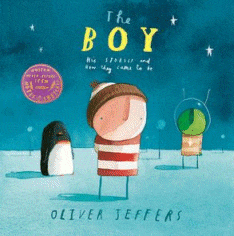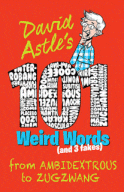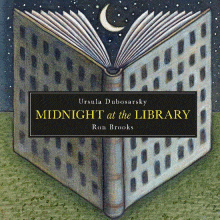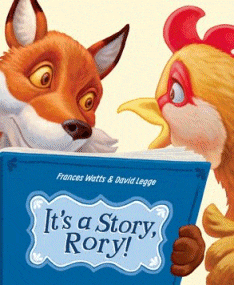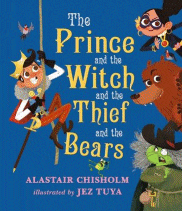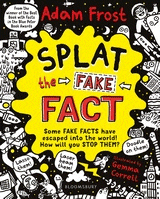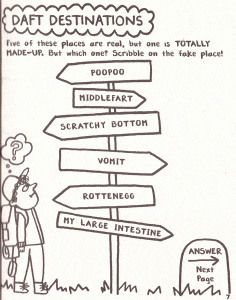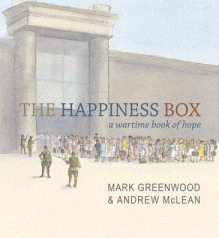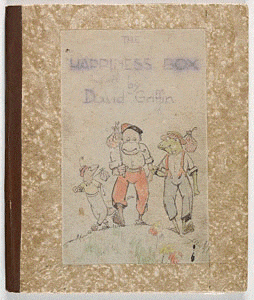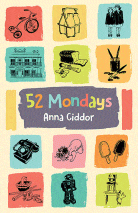
52 Mondays
52 Mondays
Anna Ciddor
Allen & Unwin, 2019
208pp., pbk., RRP $A14.99
9781760523480
Melbourne in the hot summer of February 1964 , in the hot car on the way to Nana and Zayda’s and Anna clutches the library book she can’t wait to read. It’s called Hitty: the life and adventures of a wooden doll and it not only inspired young Anna to own her own antique doll, a dream that lasts 52 Mondays, but also inspired the older Anna, the author, to tell the tale of the joys and disappointments of her real-life childhood search for the doll.
Based on her own life and following the success of The Family with Two Front Doors which tells the story of her own family, the Rabinovitches who “dance, laugh and cook their way through an extraordinary life in 1920s Poland”, the author takes the readeron a journey through the life and times of children growing up in 1960s Melbourne. No computers, no Internet or social media, in many homes, not even a television set – just the day-to-day adventures of children who had to seek and make their own fun. For those like me it is a trip down memory lane to the days of warm school milk, Mr Whippy, and desks in rows in schools, while for more modern young readers it is an insight into the lives of their grandparents -something very different to that which they know.
Whichever, it is a very readable story about a little girl with a dream, parents who understand and support it, the highs and lows of following it, and the determination and resilience required to achieve it.

